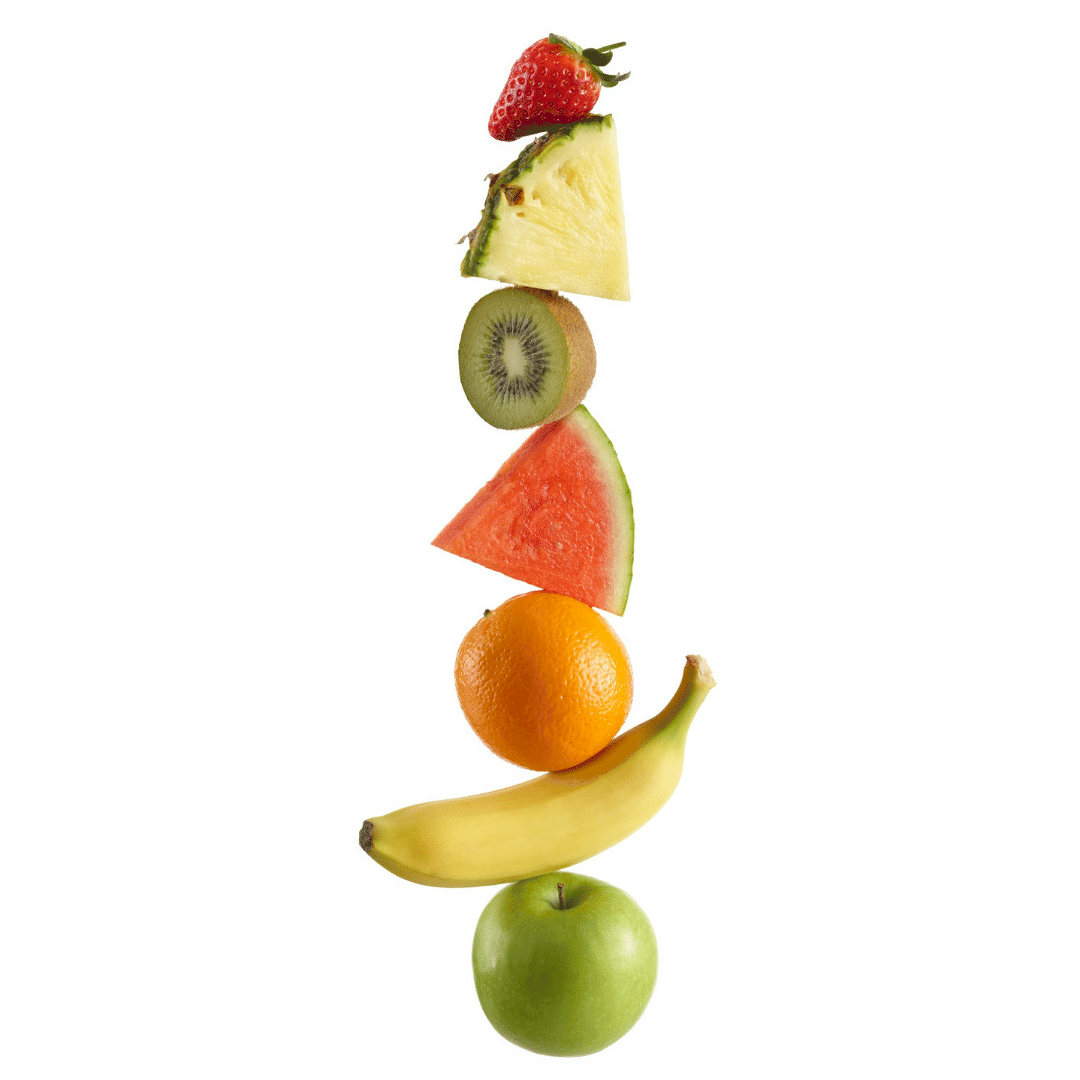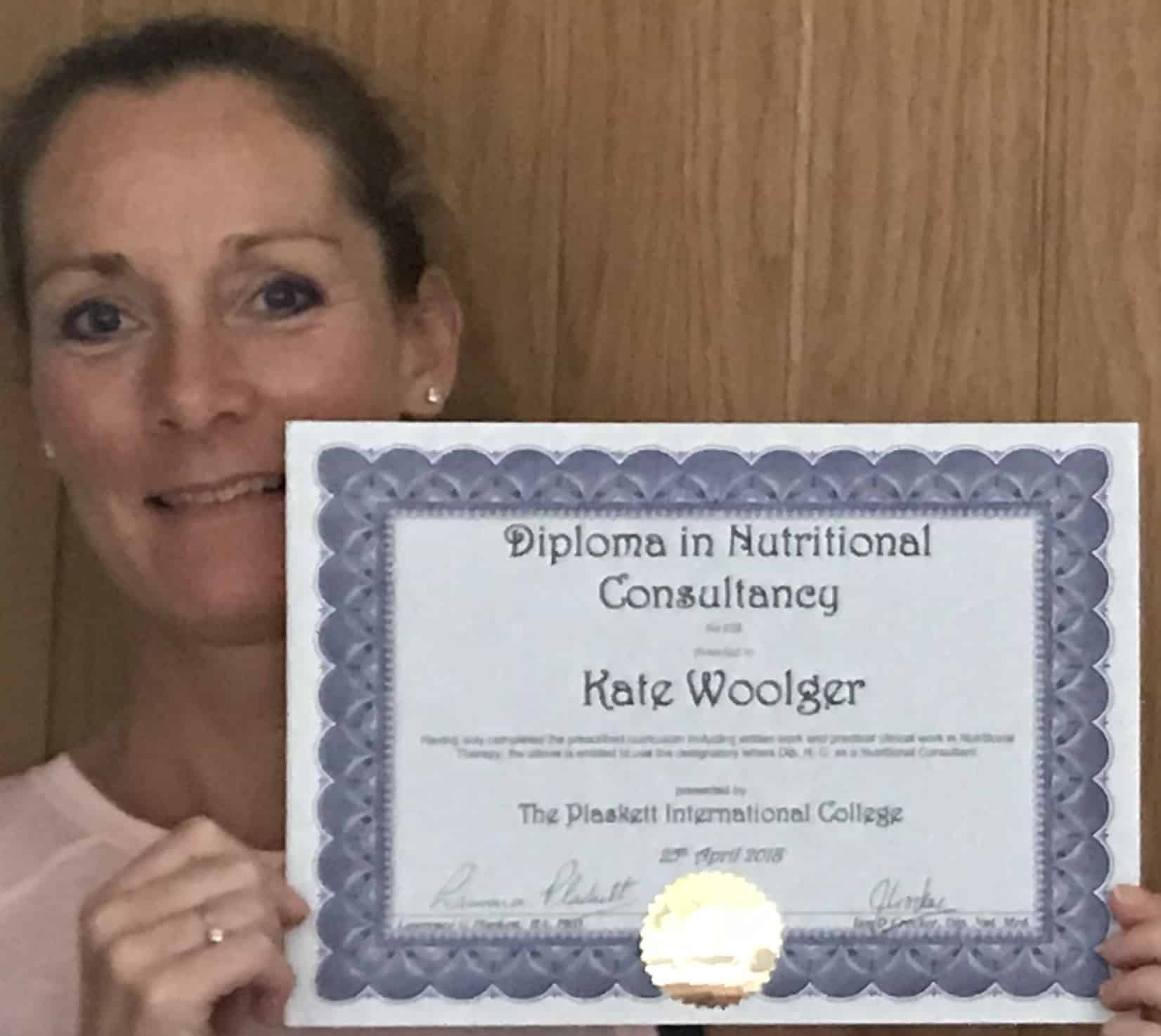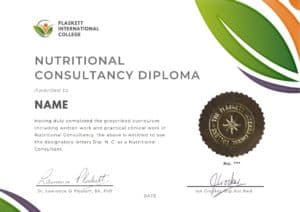
A Message from the Author
This course is a must for anyone who is passionate about health & well-being and would like to fast-track to a practitioner role whereby you can confidently advise your clients on the best route to achieving good health in a world where ill-health is prevalent. The hope is expressed that this course will lead you feeling well informed, on a deeper naturopathic level, and provide you with a range of measures that you can apply to practice as you steer your clients towards better health.

Dr. Lawrence Plaskett
Course Overview
The Plaskett Diploma in Nutritional Consultancy is especially useful for those whereby holistic health is a feature of your line of work and you would like to enhance the service that you provide, or for those that wish to set up an independent practice as a Nutritional Consultant.
In Part One you will:
- Be introduced to the concept of naturopathy
- Gain a general understanding of the subject of health and nutrition
- Grasp the fundamentals of the cell's need for nutrients
- Appreciate the role of carbohydrates, fats, proteins, vitamins and minerals and understand the basics of how these nutrients work in the body
- Be aware of the enormous health benefits that can come from favourable dietary change
- Appreciate the merits of particular foods and nutrients
- Ultimately gain the knowledge that will lead towards a better standard of well-being now, and a prolonging of good health in the future


In Part Two you will:
- Gain a deeper understanding of naturopathy and its principles which you can then apply to practise in nutritional therapies.
- Obtain the skills to understand the depth of disease in your patients to then find a route back from chronic disease and enable you to advise the best treatment plan.
- Develop an understanding of the role of the practitioner from the initial consultation, the taking of a case history, the interpretation and the subsequent advising of a treatment plan.
- Learn the ‘tools of the trade’ in using diets, supplements, herbs, phytonutrients in treatment, with flexibility and insight.
Breakdown of the Course Sections
Part One
includes the following 12 sections:
Part Two
includes the following 15 sections:
Testimonials
Here's what students have to say about the course

Pricing
Nutritional Consultancy Diploma
£595
- Lifetime Access to Course Material
- Full Tutor Support
- Diploma in Nutritional Consultancy upon Completion
- Instalment Option Available
F.A.Q.
There are checkpoint questions, a series of short assignments and 2 case studies to complete.
You will receive a Diploma in Nutritional Consultancy and will be entitled to use the letters Dip.Nut.Con. after your name
The Plaskett Courses are accredited by the IICT (International Institute for Complementary Therapists) and are recognised by The Federation of Nutritional Therapy Practitioners (FNTP).
If you would like a hard copy of the course material to complement your online studies, you can purchase the folders for £10 each (p&p incl.). There are 2 folders for this course.
The Nutritional Consultancy will teach you how to advise your clients on the best treatment plan for a route to better health. It is a fast track option to working as a practitioner in this field or to supplement a current modality.
The Nutritional Therapy course is much more in depth and will train you to treat your clients in a very deep and holistic way. This is a modality in and of itself.
Yes, you will be assigned a tutor upon enrolment. Your tutor will set aside certain times each week when they are available to students who wish to contact them via telephone/ Skype/ email. You can expect to receive extra support from your tutor if you encounter difficulties in understanding the texts or completing the assignments.


